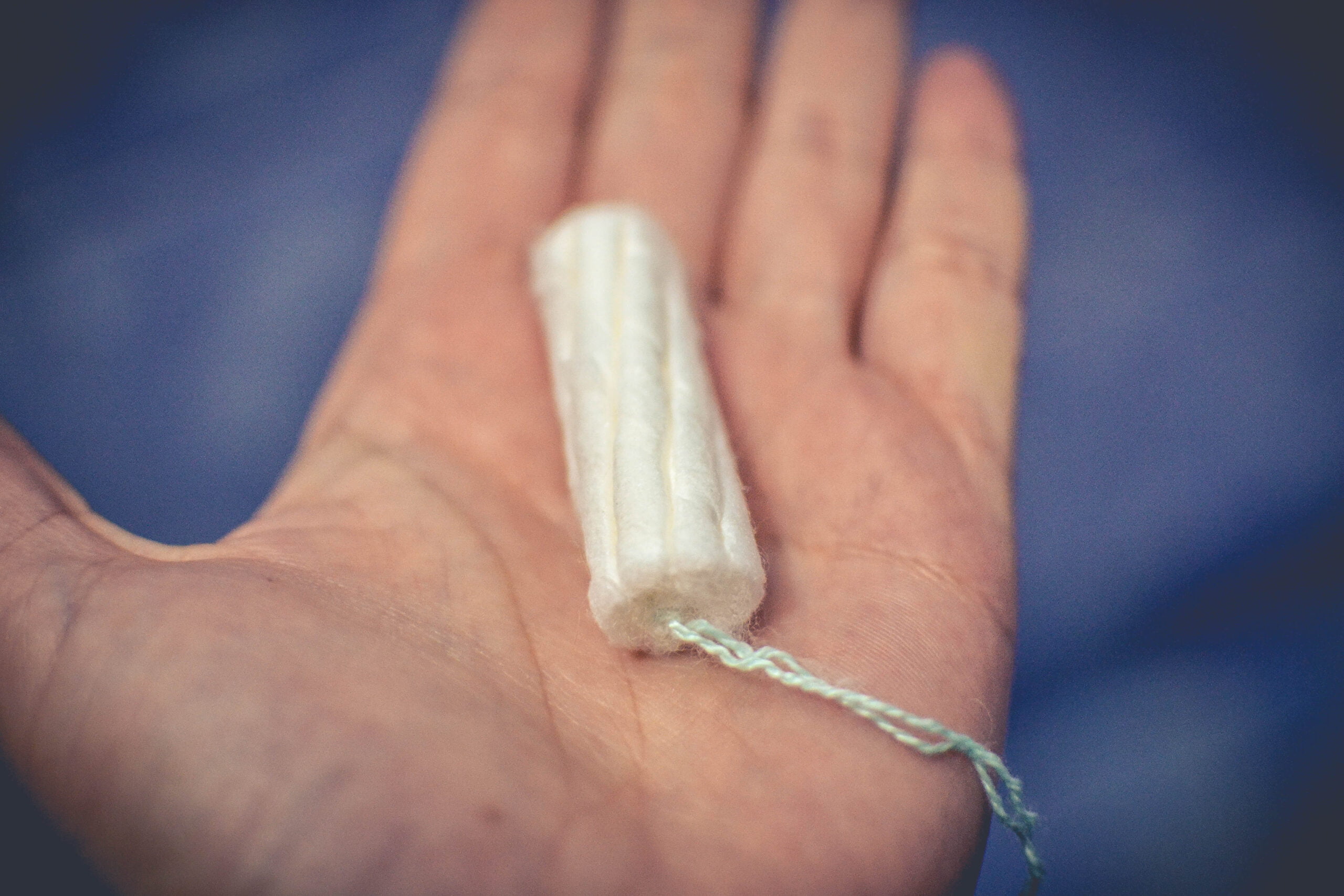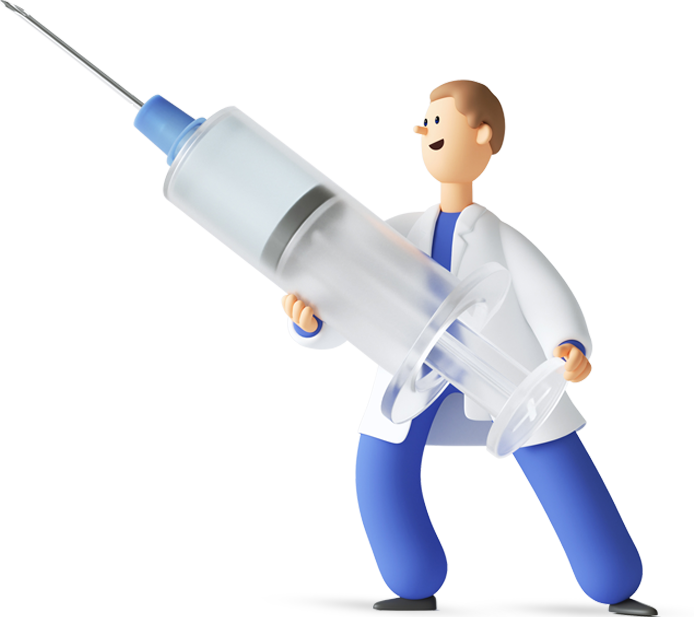
Does the Use of Tampon cause Endometriosis or Infertility?
It has been estimated that about 34 million people of reproductive age in the U.S. used tampons in 2020. About one in six people have trouble conceiving.
Could tampon use be causing fertility problems? Keep Reading.
A tampon is one of several products that people who menstruate can use to prevent leakage of menstrual blood out of the vagina.
Because a tampon is inserted into the vagina, it has raised concerns that it could, in some way, interfere with fertility.
Are these valid concerns? Let’s look at a couple of these issues.
Endometriosis – Endometriosis is a condition in which the tissue which normally grows inside of the uterine cavity instead grows outside of the uterus. Most commonly, endometriosis is found in the pelvis around the uterus.
Endometriosis is a problem that can have no symptoms or it can cause pelvic pain or pain with periods. Endometriosis can also lead to problems with fertility. There are several theories about what causes endometriosis.
One of those theories is that during menstruation, some of the tissue from the uterine lining flows backward through the fallopian tubes and settles in the pelvis.
There is some scientific evidence that this may be one of several reasons why people can develop endometriosis.
For example, people that are born with blockages in their vagina or cervix seem to have endometriosis more commonly. This study found endometriosis in over half the people with a blockage in their cervix.
Normally, endometriosis is found in about 10% of people of reproductive age so this is five times more common than expected.
What has this got to do with tampons?
There has been a theory that using a tampon would cause a blockage which could lead to backflow of menstrual blood and ultimately cause endometriosis and infertility. However, this is not true.
First, tampons don’t actually cause a blockage. They simply sit in the vagina and absorb the blood and fluids that leak into the vagina, like a sponge.
Second, this study, from 2002, surveyed over 2000 people with endometriosis and found that they were actually two and a half times LESS likely to use tampons than people without endometriosis.
Another possible concern is chemical exposures. There is a rich network of blood vessels surrounding the vagina. This allows compounds from the vagina to be absorbed into the bloodstream.
As fertility specialists at Virtual Doctors, we use this all of the time. We have people put medications into the vagina such as estrogen and progesterone because it is often absorbed better than when taking those medications orally.
One group of chemicals that has generated some concern is called endocrine disruptors which include chemicals such as phthalates and parabens. I talked about these extensively in this article about whether makeup as a source of these chemicals causes infertility.
I encourage you to read the next article after this one.
Some studies appear to show a reduction in fertility or an increase is miscarriage risk in people with high levels of these chemicals in their blood, but not all studies showed an effect. In general, the majority of the studies were of poor quality.
This study analyzed the levels of these endocrine disruptors in several feminine hygiene products and found high levels. That is concerning but this study was analyzing the products themselves. It did not actually measure levels in the people who used them.
All we can say at this point is that absorption of these chemicals is a theoretical concern.
Furthermore, tampons actually had lower levels of phthalates and parabens compared to panty liners but higher than with menstrual pads. Our conclusions from the article on makeup were this:
The science at this point does not clearly show a danger but if avoiding these exposures is easy and inexpensive, then until we have better data, it is reasonable to try to limit your exposure.
We can say the same is true for tampon use.
What about other toxins? Glad you asked. The bulk of every tampon is made of cotton.
Cotton is a plant that grows in the ground. Plants can contain pollutants from the air, water or the soil they grow in. One such group of pollutants is called dioxins.
Dioxins can cause various health problems including reproductive health problems.
Can dioxin absorption from tampons be a problem? It doesn’t appear so. This study analyzed dioxin exposure from tampons and found extremely tiny amounts.
In fact, the levels that you get from your diet are 400,00 higher than what would be expected from tampon use.
Many of the fertility concerns regarding tampons are not backed up by any science. Some concerns, such as exposure to endocrine disrupting chemicals have been studied but the conclusions are uncertain.
With makeup, there are easy alternatives such as not using makeup or using a product that does not have phthalates or parabens.
This may be more difficult to avoid with hygienic products. We don’t know if other alternatives are better. In some cases, tampons may actually be better than other alternatives. We urge you to write to your congressperson and tell them to fund more studies on reproductive health.
Hi, at Virtual Doctors, we give honest science-based tips that have helped people all over the world have their rainbow baby. If you want to improve your odds for success, hit that subscribe button right and signup to our newsletter now. It’s like having a fertility specialist in your phone. Also, do consult Virtual Doctors Fertility Expert. It is easy and affordable!

